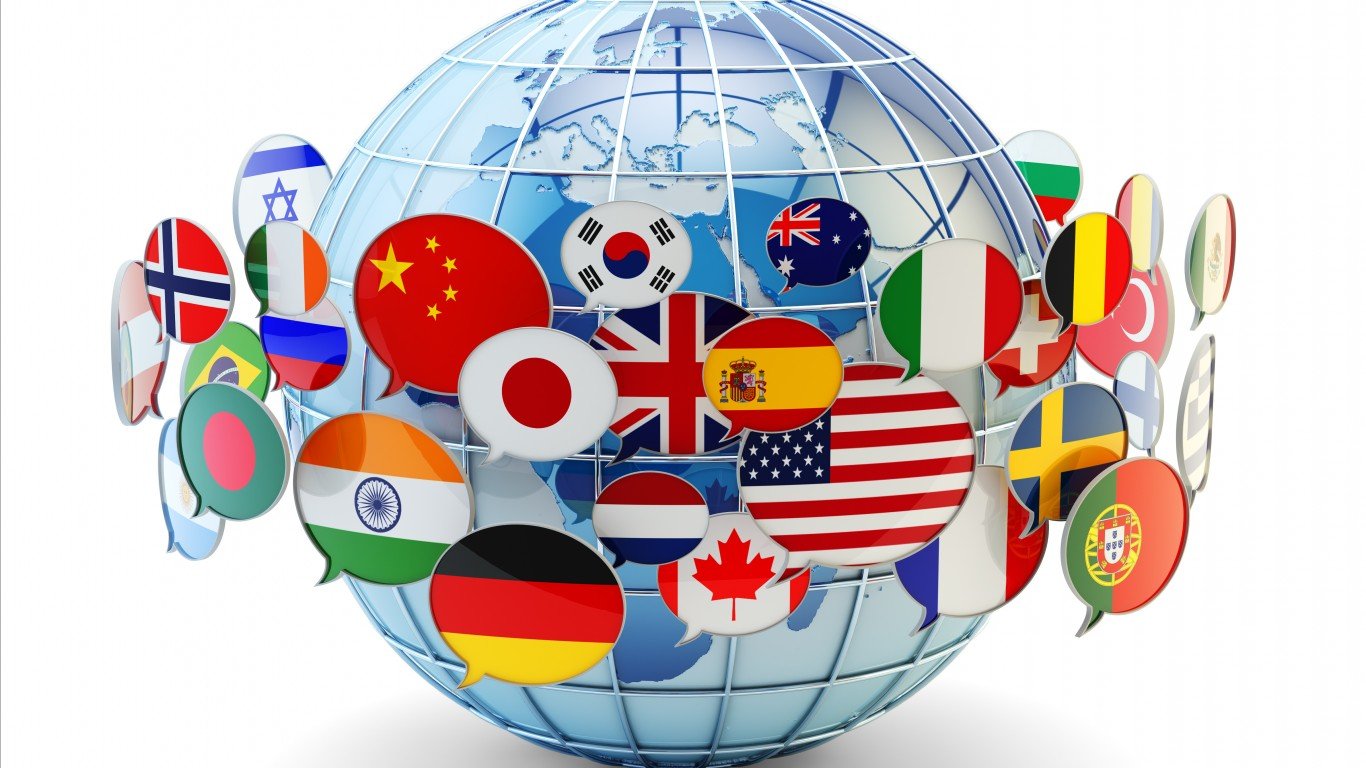

The 1970s were pivotal years in the Cold War. The United States was at a low ebb, still reeling from the Vietnam War, social unrest, assassinations, and major political scandals. Meanwhile, the Soviet Union had reached the apex of its power, having achieved strategic nuclear parity with the U.S. and supporting leftist insurgency movements around the world. The 1973 Yom Kippur War brought the U.S. and Soviet Union the closest to nuclear war they had been since the Cuban Missile Crisis.
In this article, we’ll look at the strongest nations in the turbulent 1970s and see how they rank today. This data is not as easy to find as you might think. Countries have always been secretive about their military budgets. Estimates of spending in communist countries during the Cold War were especially difficult to pin down, then and now. We’ve drawn our data from the U.S. Department of State, CIA World Factbook, and Global Firepower, a site that ranks countries based on several military and economic power parameters.
10. India

GFP Ranking:
- 1970: 0.42 (#10)
- 2024: 0.29 (#9)
Military Spending:
- 1970: $7.5 billion (#5)
- 2024: $81.4 billion ($4)
GDP:
- 1970: $62.4 billion (#10)
- 2024: $4.1 trillion (#5)
India’s independence from the British Empire left it saddled with intractable domestic and international problems. In the 1960s, China seized disputed territory in the Himalayas. A civil war in East Pakistan led to its independence as the new state of Bangladesh in 1971. By the middle of the decade, India had tested a nuclear weapon, giving it a temporary advantage over its rival Pakistan. Although it is the world’s largest democracy, India was careful to maintain neutrality in the Cold War and became a leader of the world’s non-aligned states.
9. Poland

GFP Ranking:
- 1970: 0.41 (#9)
- 2024: 0.32 (#10)
Military Spending:
- 1970: $8.5 billion (#4)
- 2024: $24 billion (#16)
GDP:
- 1970: $28.3 billion (#18)
- 2024: $688.2 billion (#21)
In the 1970s, Poland was one of the Soviet Union’s most important East European allies, both for its strategic location and its industrial might. Events of the decade set in motion resistance to the Communist regime there, however. Shipyard workers began striking in Gdansk, demanding to organize their own independent trade union. In 1978, Polish bishop John Paul II became the Pope of the Roman Catholic Church. This represented a powerful source of authority for the Polish people located outside the control of the Communist bloc. These were only two of the powerful social forces that began to unravel Soviet control of Eastern Europe over the next twenty years.
8. Spain

GFP Ranking:
- 1970: 0.37 (#8)
- 2024: 0.28 (#8)
Military Spending:
- 1970: 0.86 billion (#10)
- 2024: $20.3 billion (#16)
GDP:
- 1970: $41 billion (#13)
- 2024: $1.7 trillion (#15)
In the 1930s, the Spanish Civil War was one of the precursors of World War II, with a contest between fascist and republican factions unofficially sponsored by great powers on both sides of that ideological divide. The struggle brought Francisco Franco to power as a fascist dictator. Despite his ideology, Franco kept Spain neutral during the war, which saved the country from being invaded by either side and kept Franco in power until 1975. After his death, the country began a long process of national healing and transformation into a modern democratic state.
7. Italy
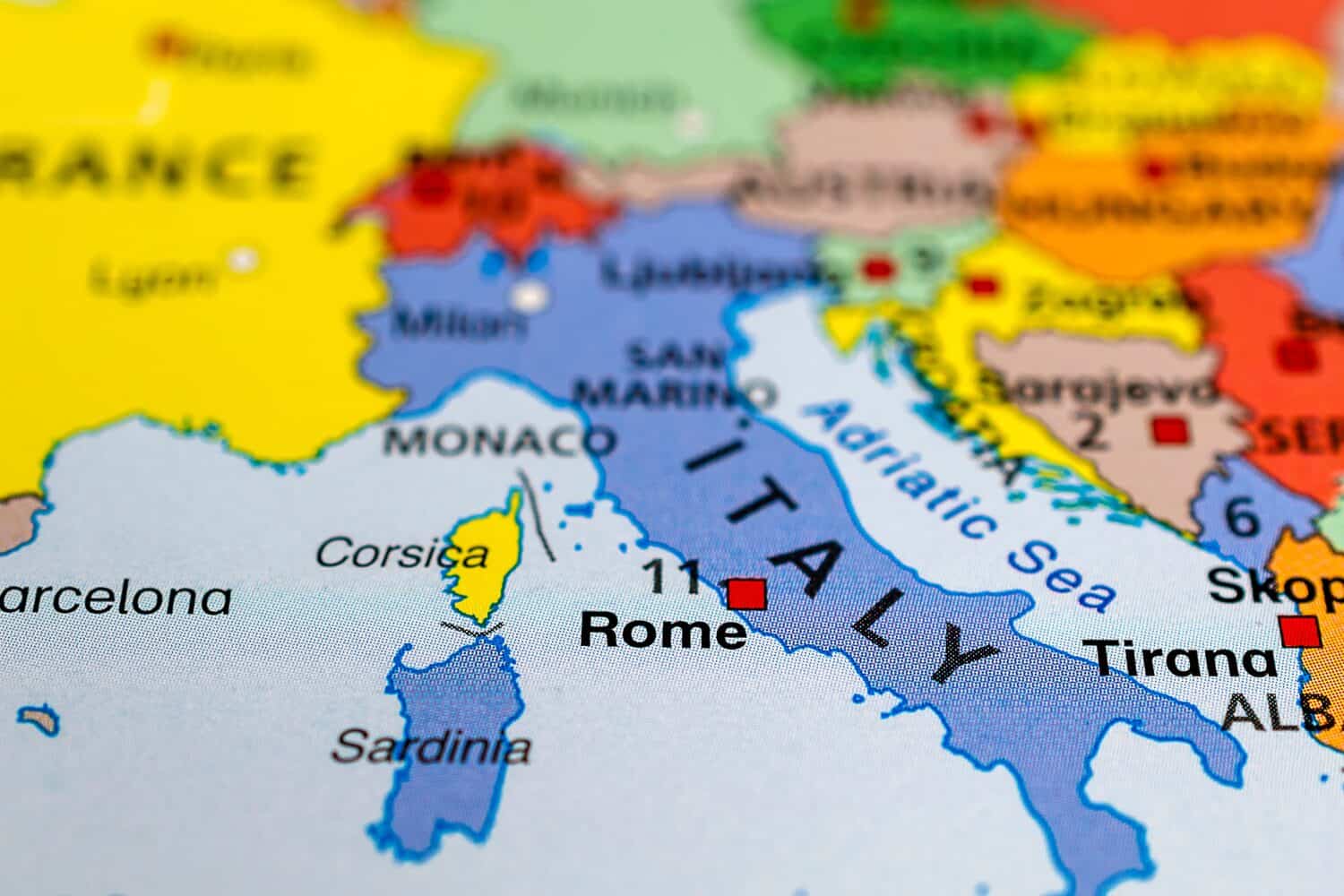
GFP Ranking:
- 1970: 0.36 (#7)
- 2024: 0.18 (#6)
Military Spending:
- 1970: $2.1 billion (#8)
- 2024: $33.5 billion (#12)
GDP:
- 1970: $113.4 billion (#7)
- 2024: $2.3 trillion (#8)
The 1970s were a difficult time for Italy economically and socially. Organized crime was a perpetual problem, with mafia families enjoying a particularly strong center of power in Sicily. However, in the 70s, paramilitary and terrorist organizations were actively carrying out violent attacks in the prosperous northern part of the country. The difficulty and pain of this decade led to its nickname: the “years of lead.”
6. Japan

GFP Ranking:
- 1970: 0.36 (#6)
- 2024: 0.16 (#5)
Military Spending:
- 1970: $1.58 billion (#9)
- 2024: $55.9 billion (#10)
GDP:
- 1970: $217 billion (#4)
- 2024: $4.3 trillion (#4)
Japan has proven to be one of the world’s most resilient and innovative countries. Despite being a highly traditional and conservative society, it adopted Western technology and industrialization earlier than most parts of Asia. When its bid for regional hegemony was thwarted in World War II, Japan largely cooperated with American occupation and restructuring of its society along Western lines. In the 1970s, it was evident that the country had fully recovered from the destruction of the war and was on the fast track to becoming one of the world’s dominant economic powers. With constitutional limits on the role of its military, however, Japan could not offer direct military assistance to the United States in the Vietnam war, although it played a supporting role financially.
5. France

GFP Ranking:
- 1970: 0.30 (#5)
- 2024: 0.18 (#7)
Military Spending:
- 1970: $4.9 billion (#7)
- 2024: $53.6 billion (#8)
GDP:
- 1970: $148 billion (#5)
- 2024: $3.2 trillion (#7)
Since medieval times, France has been embroiled in competition and armed conflict with its neighbors, particularly England and Germany. Although it helped the United States win its revolution and sold it the vast Louisiana Territory at a favorable price, these decisions were driven quite a bit by its struggle with the British Empire for global dominance. Its post-World War II alliance with all of these rivals resulted from the realities of needing to rebuild from the war and stave off the greater threat of an aggressive Soviet Union. During the 1970s, France was actively involved in its former colonial possessions in Africa to maintain its influence and safeguard its economic interests. It kept a separate military command structure from NATO throughout the decade and beyond while remaining formally a part of the alliance. France also tested nuclear weapons in the South Pacific in the 1970s to maintain an independent nuclear arsenal.
4. China
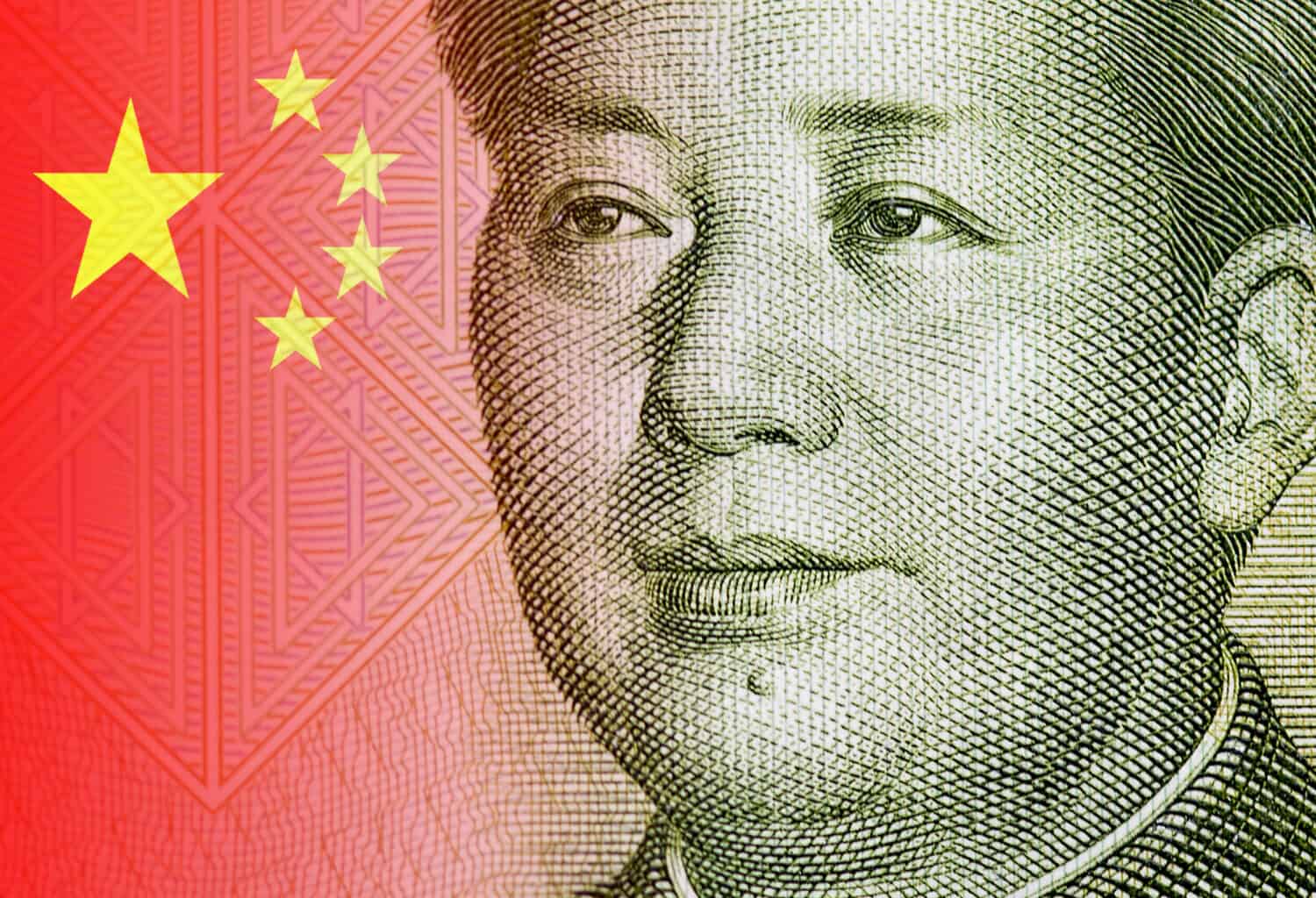
GFP Ranking:
- 1970: 0.30 (#4)
- 2024: 070 (#3)
Military Spending:
- 1970: $37 billion (#3)
- 2024: $236.1 billion (#3)
GDP:
- 1970: $93 billion (#8)
- 2024: $18.5 trillion (#2)
China’s Communist insurgency took a break during World War II to fight off the Japanese but resumed after the war, with a Communist victory in 1949. However, The island of Taiwan became a defensible point for the evacuation of the military forces and leadership of the Republic of China. This created a difficult international problem that remains a flashpoint for possible regional military conflict. The United States pursued a complex policy that eventually resulted in recognizing the People’s Republic of China in 1979 while at the same time arming and providing financial assistance to Taiwan, which has not declared its independence and is officially still part of China. China’s international ambitions and economic potential were greatly damaged by the Cultural Revolution, a violent government-sponsored cultural war against the country’s pre-Communist traditions and educated classes. This period finally ended with Chairman Mao’s death in 1976, and the country began a process of recovery and reform.
3. United Kingdom

GFP Ranking:
- 1970: 0.29 (#3)
- 2024: 0.144 (#4)
Military Spending:
- 1970: $5.8 billion (#6)
- 2024: $62.8 billion (#6)
GDP:
- 1970: $131 billion (#6)
- 2024: $3.6 trillion (#6)
Like many other countries, the UK was hard hit by an economic recession in the early 1970s. Politically, the country went through five states of emergency, four general elections, and four prime ministers. The decolonization movement that started in the 1940s continued, with smaller British colonies in the Caribbean, the Persian Gulf, and the South Pacific going their separate ways. In the process, the country permitted many immigrants from its former colonies to resettle in its major cities, particularly London. This had a transformative effect on the country’s music, language, religious diversity, and culinary scene, laying the foundation for the cosmopolitan country it is today.
2. Soviet Union / Russia
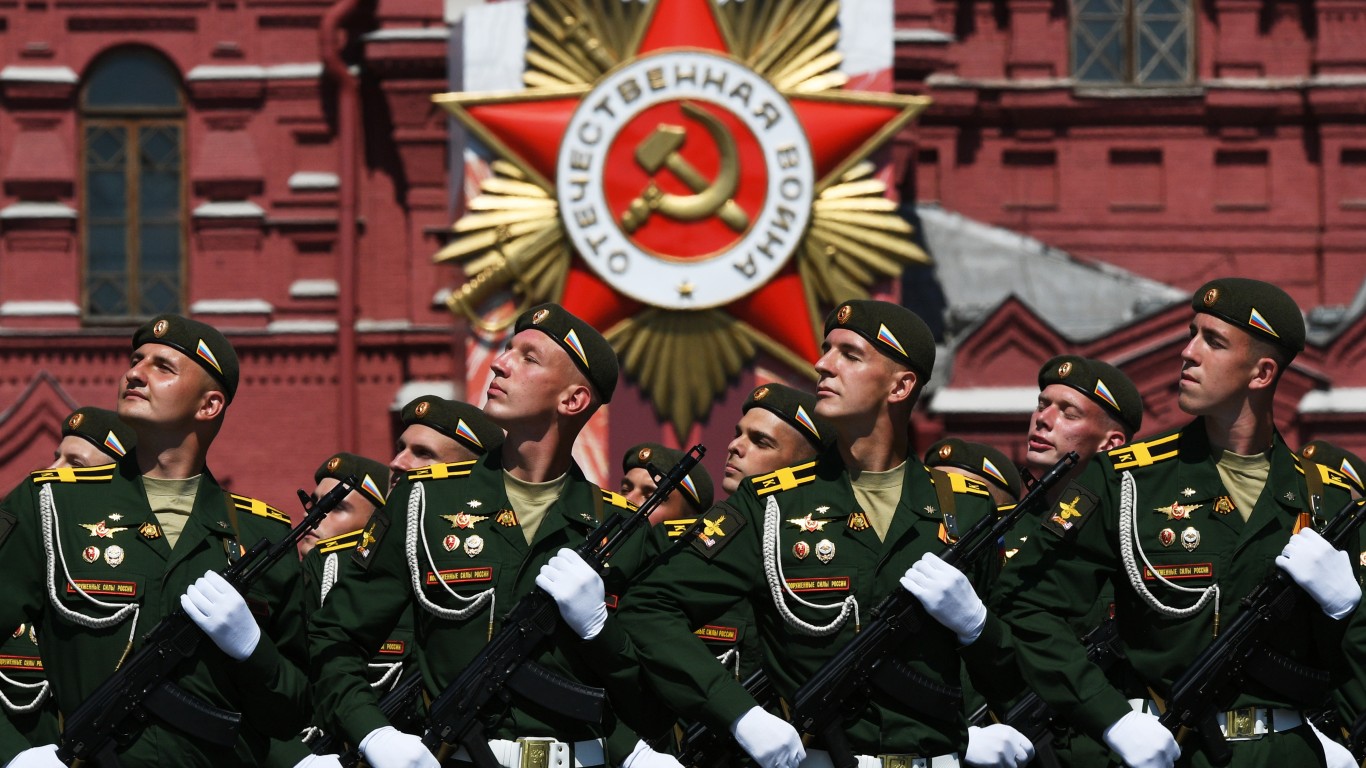
GFP Ranking:
- 1970: 0.14 (#2)
- 2024: 0.07 (#2)
Military Spending:
- 1970: $73 billion (#2)
- 2024: $407 billion (#2)
GDP:
- 1970: $433 billion (#2)
- 2024: $1.9 trillion (#12)
With the United States preoccupied with the Vietnam War, the Soviet Union took the opportunity to grow its military machine to the height of its power and project its influence around the world. When the Portuguese empire collapsed mid-decade, the Soviets, along with their Cuban proxies, worked to export Marxist ideology to Angola, Mozambique, and other newly independent colonies. The USSR also became assertively involved in the Middle East conflict, arming and training its Arab allies for combat against Israel in the Yom Kippur War. By the end of the decade, they made a fatal mistake by invading Afghanistan in 1978 to prop up an unpopular communist government. Their loss in this 14-year effort marked the beginning of a 20-year decline of the USSR, ultimately ending in the dissolution of the entire Soviet empire.
1. United States

GFP Ranking:
- 1970: 0.06 (#1)
- 2024: 0.069 (#1)
Military Spending:
- 1970: $84 billion (#1)
- 2024: $831 billion (#1)
GDP:
- 1970: $1.1 trillion (#1)
- 2024: $27.9 trillion (#1)
Following the turbulent decade of the 1960s and defeat in Vietnam at the beginning of the 70s, the rest of the decade was largely a time of retreat and regrouping for the United States. With Congress and the American people wary of continued large defense budgets and overseas military engagement, the U.S. pursued a policy of détente with the Soviet Union: an effort to reduce tensions and buy breathing room from the Cold War. As a result of the 1973 Arab-Israeli War, Arab OPEC countries placed an embargo on oil sales to the United States and its allies. This contributed to the economic hardships of a decade of “stagflation:” stagnant economic growth and high inflation. By the end of the decade, even President Carter described the country as being in a condition of “malaise” due to the American people’s loss of confidence in their government. The crowning indignity was the Iranian Revolution of 1979, in which militants overthrew a pro-Western monarchy and took 52 American embassy personnel hostage for over a year. It would not be until the 1980s that the country would begin to regain its confidence and engage assertively again on the world stage.
Where Are They Today?
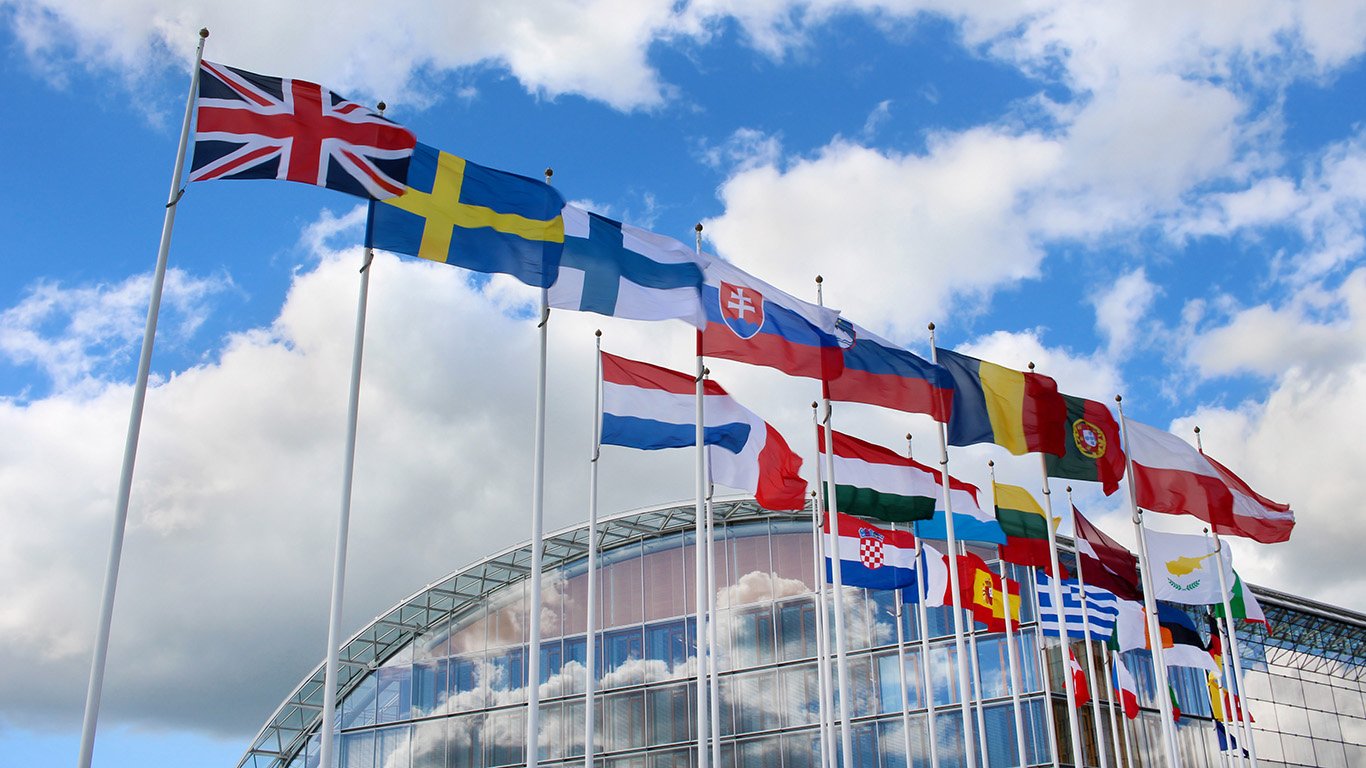
A half-century later, the greatest powers of the 1970s are still among the strongest in the world in 2024. Let’s get an update on four of them that are still running the show.
The United States Today
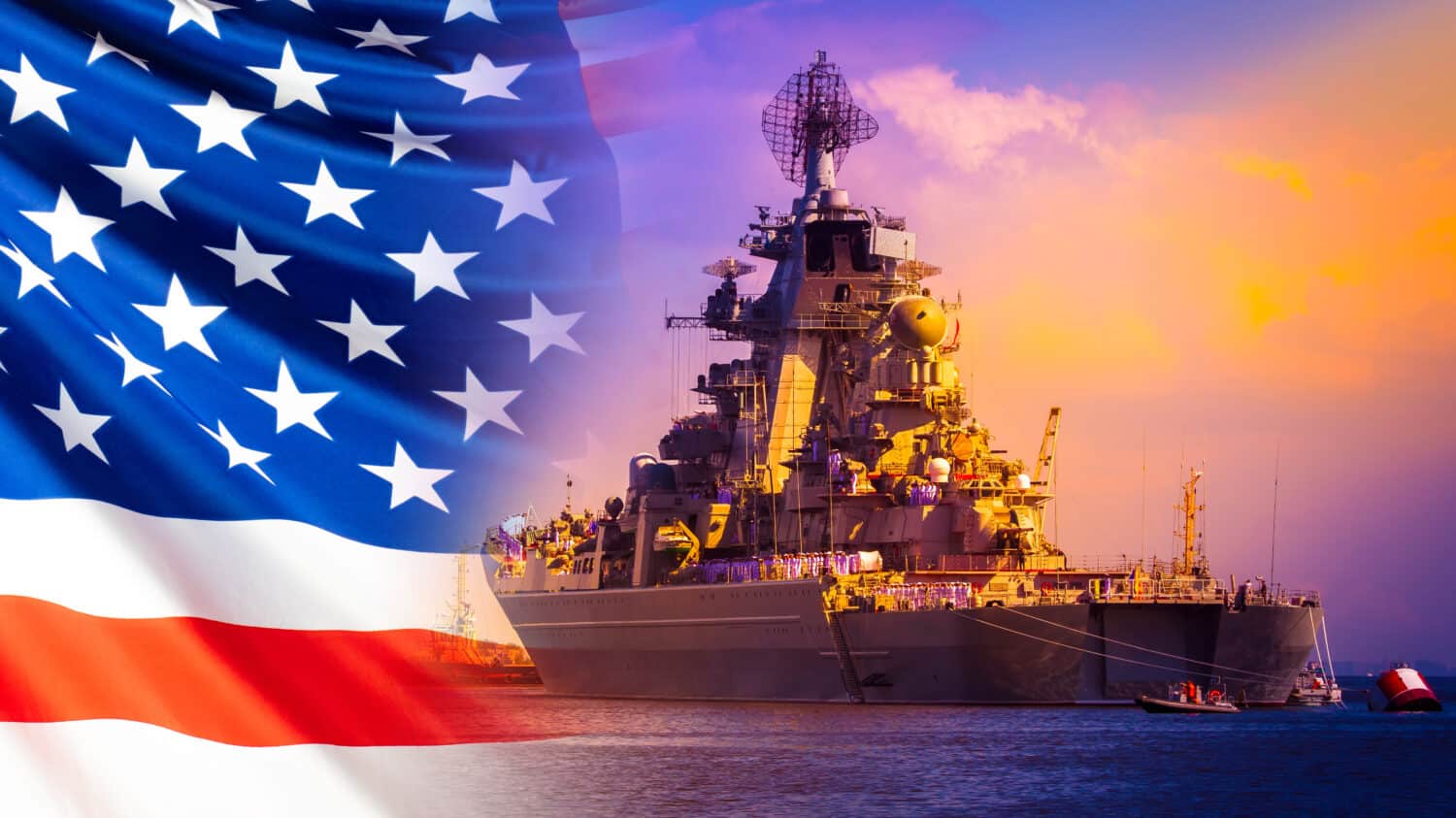
Still unquestionably the leading country in the world economically and militarily, the U.S. is truly the only real superpower left, in the sense of a country able to project overwhelming military force anyplace on Earth. Costly 21st-century military involvements in Iraq and Afghanistan and turbulence in U.S. domestic affairs have raised questions about the country’s willingness to remain engaged in countering threats from Iran, North Korea, China, and Russia.
Russia Today

Formerly the world’s second superpower, Russia is today militarily a regional power, though one that continues to maintain a large nuclear arsenal. Economically, its GDP ranks below Mexico’s and may soon be overtaken by South Korea. In recent years, it has intervened in post-Soviet countries like Georgia and Ukraine. The war in Ukraine has exposed Russia’s military weaknesses and cut it off from the world economy. The conflict has also highlighted how much a weakened Russia is becoming dependent on China as both challenge the Western world order.
China Today

Economically, technologically, and militarily, China has advanced to second place globally and is the strongest military power in Asia after Russia. Its Belt and Road initiative seeks to project its influence in the developing world through infrastructure investments that put resource-rich and strategically positioned countries into debt to China. The country has engaged in a decades-long military buildup to challenge U.S. hegemony in the Pacific. They have begun using these new resources to take control of disputed islets in the South China Sea and to continue trying to intimidate Taiwan.
India Today
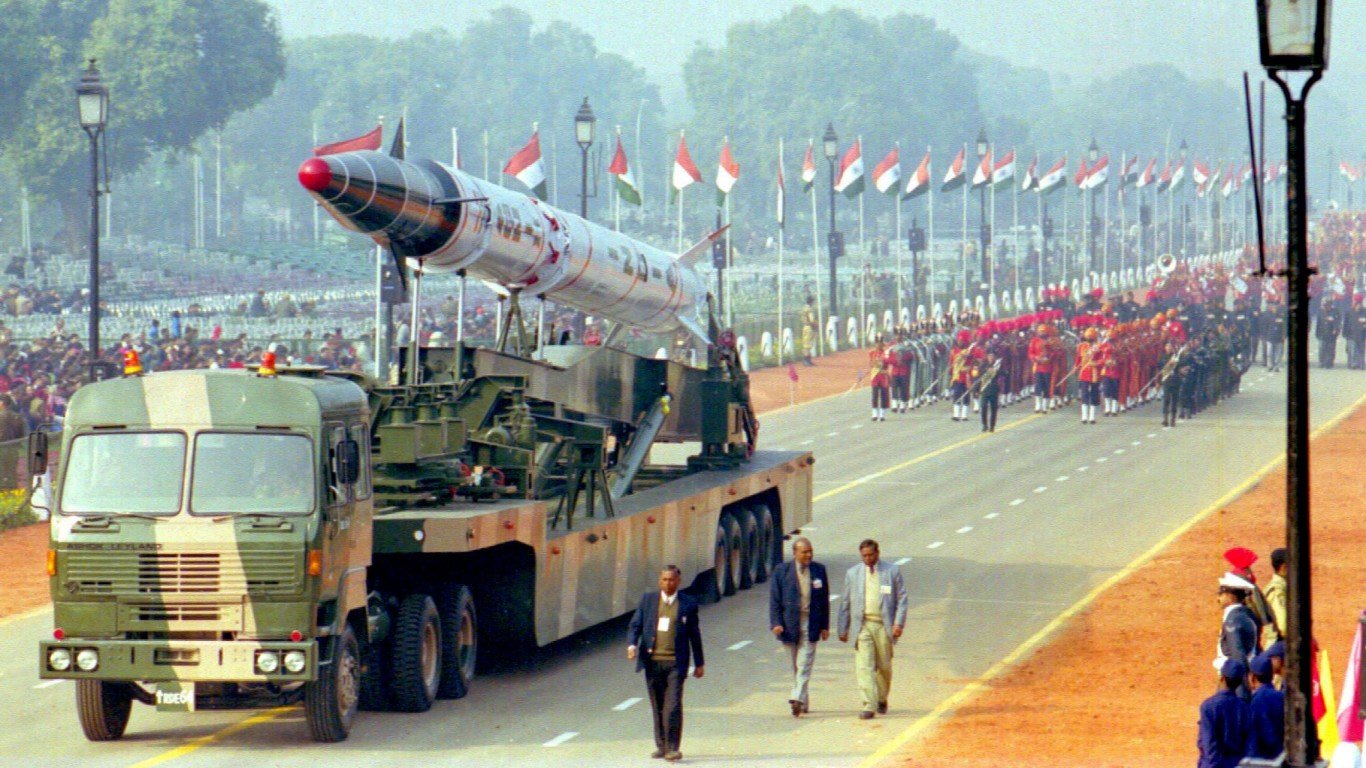
India has now surpassed China as the most populated country in the world. Its Hindu-centric government has fueled internal tensions with policies that disfavor other faiths but has also stoked Indian national pride. Instability and terrorist activity originating in neighboring Pakistan and the Chinese military buildup are both sources of concern in India. This has made the country adjust its traditional non-aligned status toward more engagement with the United States, Australia, the U.K., and their allies against regional rivals. With half the world’s population living in South Asia and East Asia, there’s no doubt that India and China will continue to be world-shaping countries through the rest of the century and beyond.
Sponsored: Want to Retire Early? Here’s a Great First Step
Want retirement to come a few years earlier than you’d planned? Orare you ready to retire now, but want an extra set of eyes on your finances?
Now you can speak with up to 3 financial experts in your area for FREE. By simply clicking here you can begin to match with financial professionals who can help you build your plan to retire early. And the best part? The first conversation with them is free.
Click here to match with up to 3 financial pros who would be excited to help you make financial decisions.
Thank you for reading! Have some feedback for us?
Contact the 24/7 Wall St. editorial team.